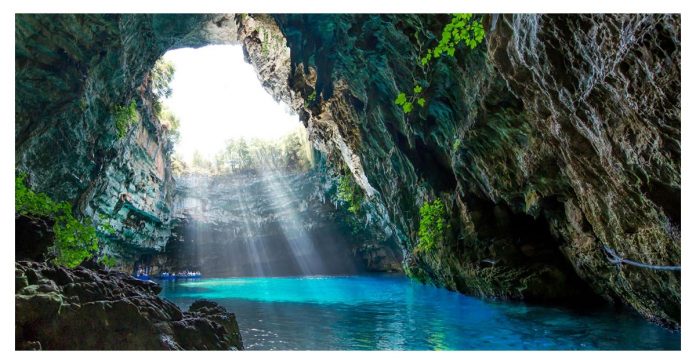Europe indeed does have its share of world-famous hidden gems. These are just a few of them. You will be taken aback by the beauty of these surreal caves in Europe that appear to have been plucked from a dream! We’ve compiled a list of the best caves in Europe that you should visit and create beautiful memories with your family!
1. Gaping Gill, England
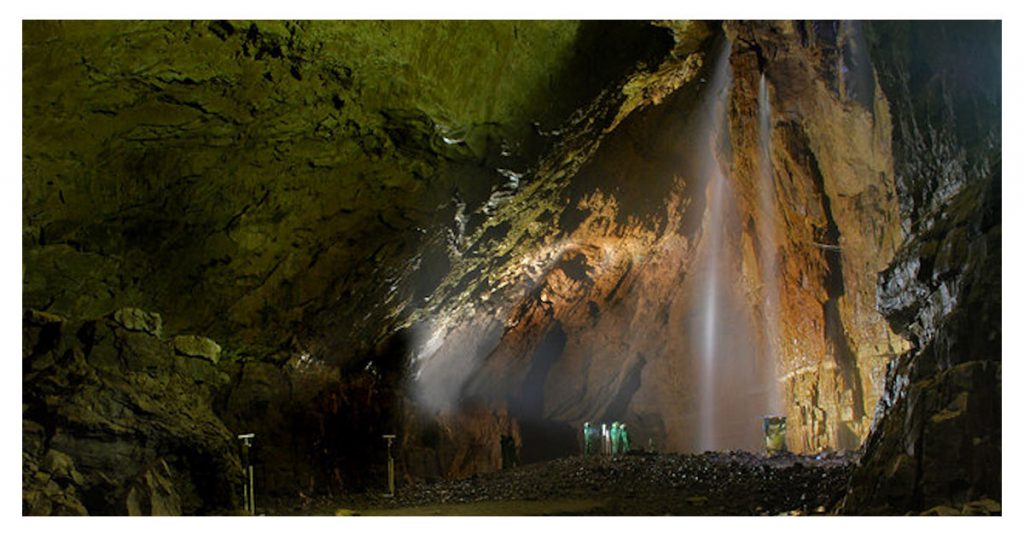
North Yorkshire is home to the largest known Cave in the United Kingdom. And that’s not all: this Cave is home to the continent’s most extensive continuous waterfall, which is quite thrilling! Bear in mind that it is only open to the public twice a year.
2. Postojna Caves, Slovenia
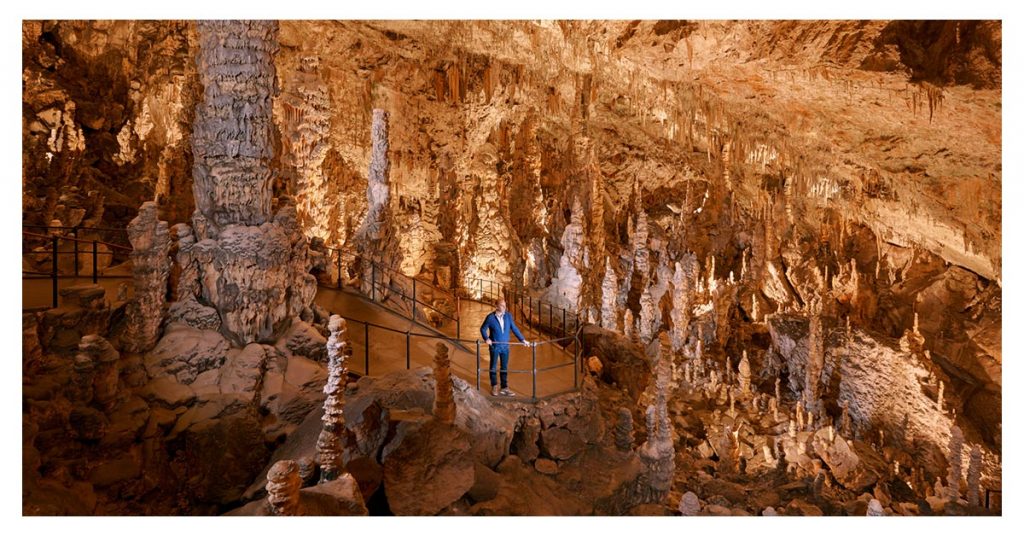
Since 1872, a miniature train has transported the curious ones to the Postojna caves in Slovenia, the largest karst region. Five kilometers of galleries are accessible to the public: 3.5 kilometers via mini-train and 1.5 kilometers on foot. Therefore, wear comfortable walking shoes and, more importantly, a sweater, as the Cave’s temperature remains at 10°C. Make a point of visiting Predjama Castle, the world’s largest castle constructed entirely within a cave.
3. Bisevo, Croatia
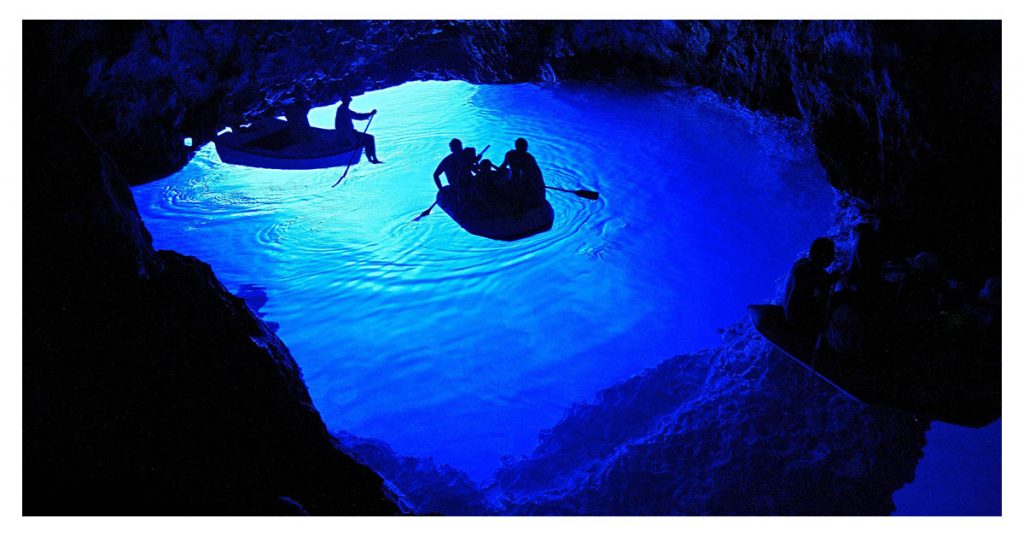
If you’re a fan of glowing caves that appear to be magical, you owe it to yourself to pay a visit to this magnificent Blue Cave. The Island of Bisevo, located near the Croatian coast, is home to this Blue cave. The name of this superb natural Cave comes from the blue glow of the water caused by sunlight filtering through an underground opening. When the cave opening was made large enough for small boats to enter in 1884, it became a popular tourist attraction. It is recommended to visit this Cave during the summer season between 10 am and 1 pm, as the glow is the brightest.
4. Gouffre Berger, France
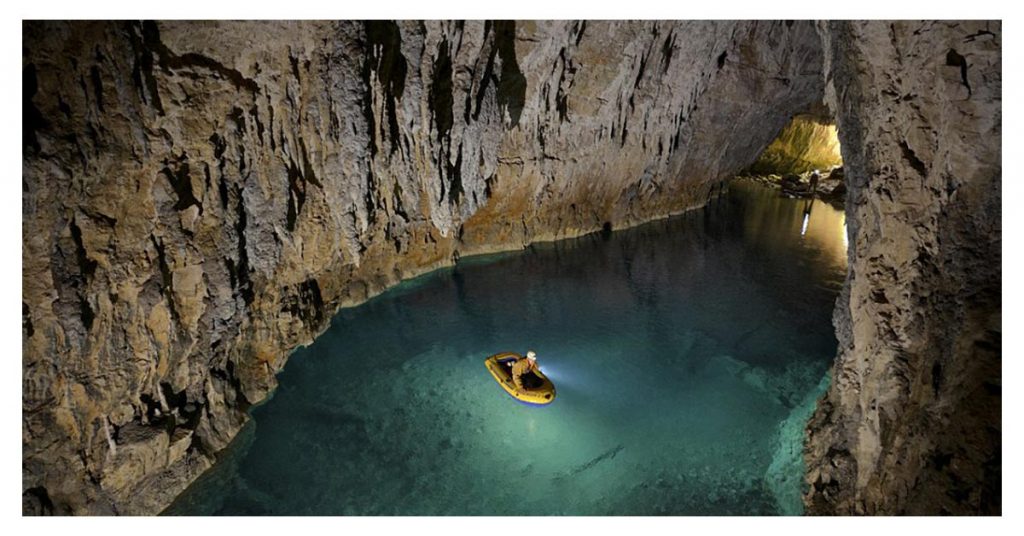
Once dubbed the world’s deepest and most dangerous Cave, Gouffre Berger is now a major tourist attraction, owing mainly to its extraordinary depth. The Cave was discovered in 1953 in Vercors, France’s southeast region. With a depth of over 1,000 meters, this is the ideal thrilling Cave to satisfy your adrenaline rush. Large lakes and waterfalls with crystal clear water can be found at the bottom. You can visit this Cave at any time of year, but you must be an expert climber to reach the Cave’s depths.
5. Austrian cave Eisriesenwelt
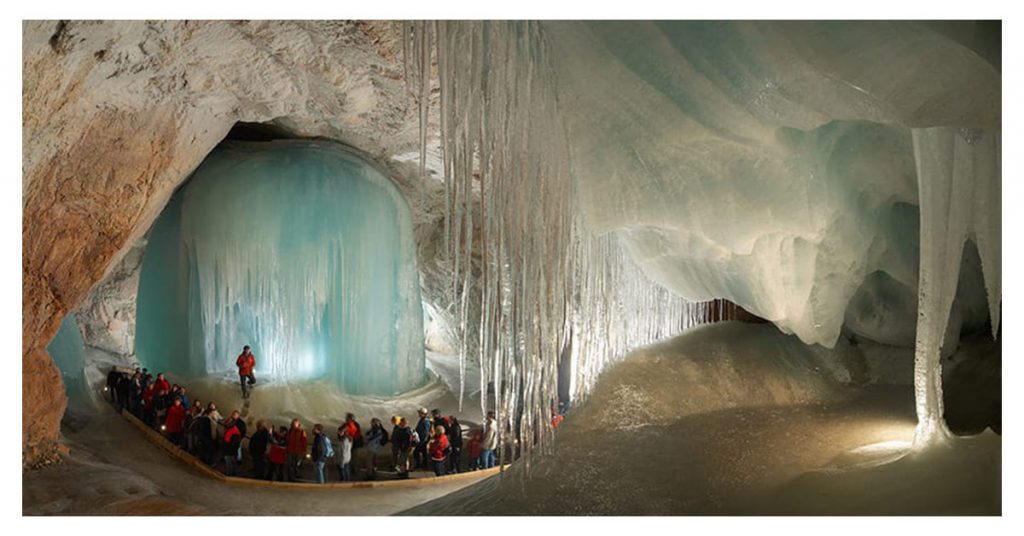
Amid summer, ice? It is possible in Austria! From May to October, experienced guides will accompany you on a tour of the stunning Werfen Ice Caves. Eisriesenwelt’s 28 miles of sculptures and ice formations create an awe-inspiring landscape. The visit lasts an hour and fifteen minutes, and physical endurance is required due to the Cave’s numerous steps. While it is accessible via cable car, it is still a 20-minute walk from Werfen.
6. Blue Caves, Zakynthos
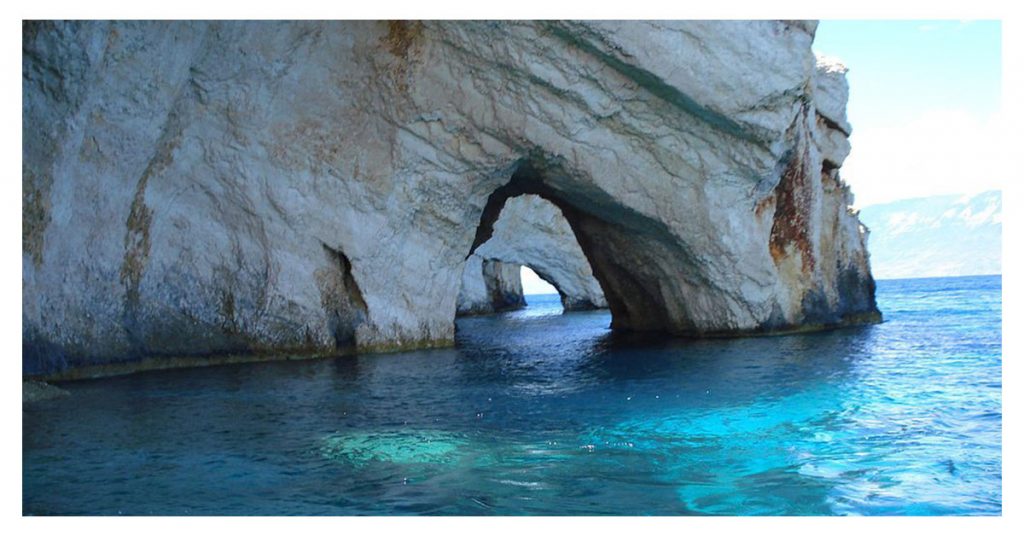
The famous Caves of Zakynthos are ideal for families with children because they are located above the earth, visible from the sea, and easily accessible via boat. Relax on the ship as you enter the Cave; the tranquil environment will assist you in finding inner peace. Additionally, there is a chance to win just outside the entrance. This is one of Europe’s most famous caves, located in the Skinari region to the island’s north. Summer is the best time to explore the Cave to its full potential.
7. Postojnska Jama, Slovenia
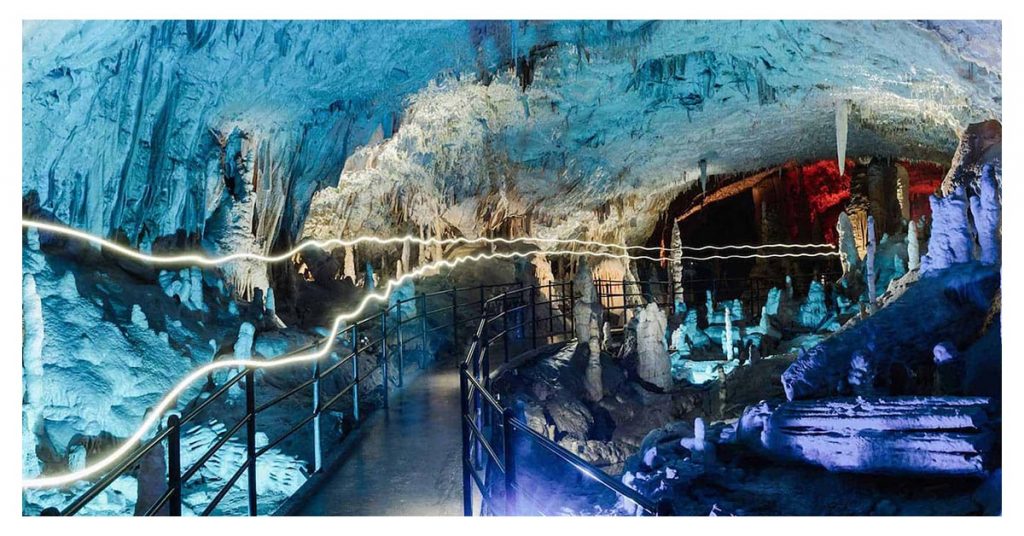
Known as Europe’s best Cave, this enormous natural formation will undoubtedly steal your heart with its majestic appearance. It contains a staggering 21 kilometers of passages, galleries, and halls. It was first visited in 1819 and has since become one of the country’s most popular attractions. You can see this Caveat any time of year, and if you’re lucky, you may spot an Olm, a tiny salamander believed to be the offspring of dragons!
8. Saint-Marcel d’Ardèche cave, France
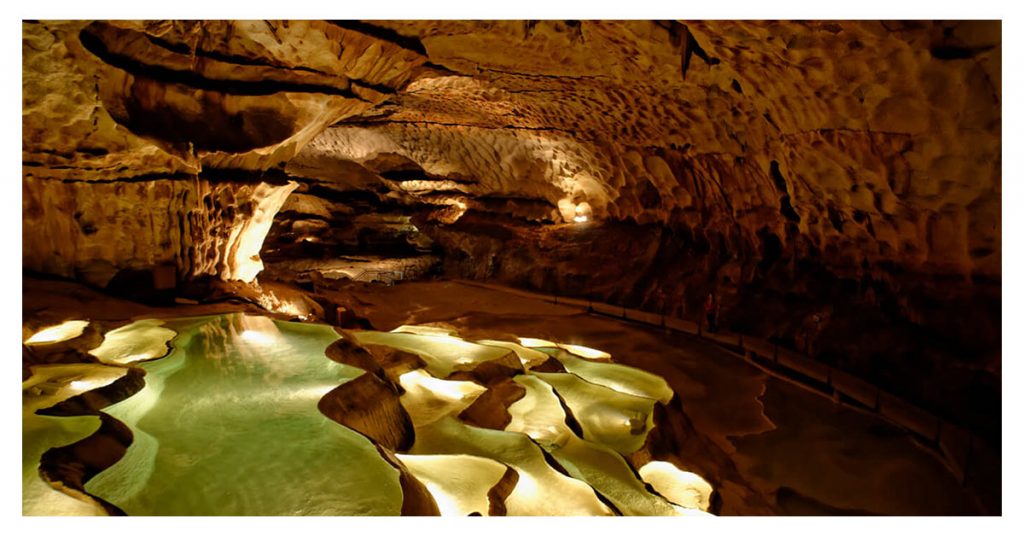
This Cave, located at the entrance to the Gorges de l’Ardèche, contains a 1/3 mile of unexplored territory. A combination of sound and light helps visitors immerse themselves in the magical atmosphere, featuring a cascading Gours waterfall into a basin of beauty.
9. Cuevas del Drach, Spain
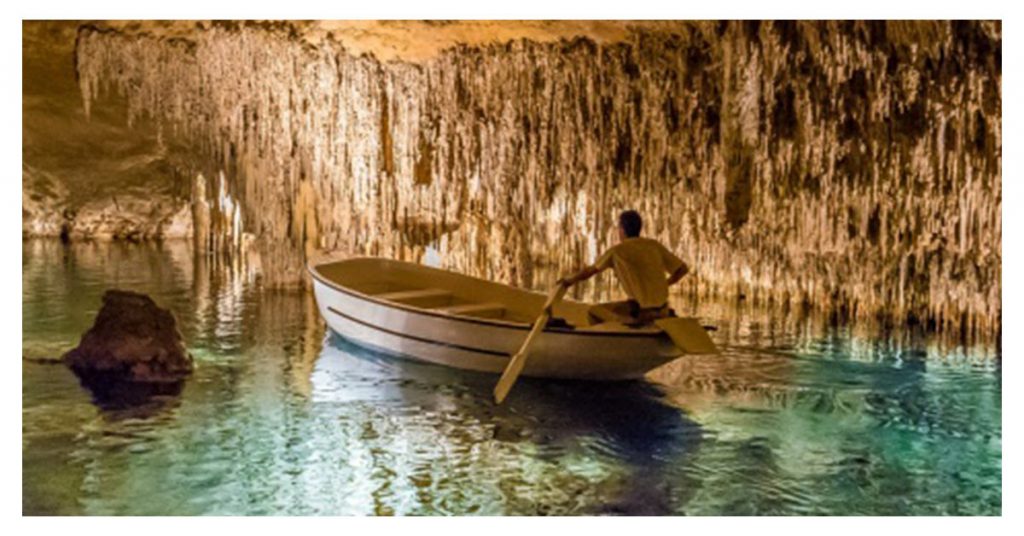
Majorca’s Cuevas del Drach is a mesmerizing cave that looks straight from a dream. It is a massive system comprising four large caves discovered in 1338. Each of these caves is named differently, such as the Cave of Louis Salvador, the French Cave, the Black Cave, and the White Cave. Enjoy an incredible time with your friends and family in the divinely beautiful Cave. The Drach caves in Majorca are a network of four interconnected caves that contain five underground lakes, the largest of which is Lake Martel. It is possible to traverse it by boat, soft classical music. The visit takes about an hour due to the 3/4 mile distance between the four caves. Additionally, if you’re missing Game of Thrones, the caves will provide you with a dose of dragons!
10. Blue Grotto, Italy
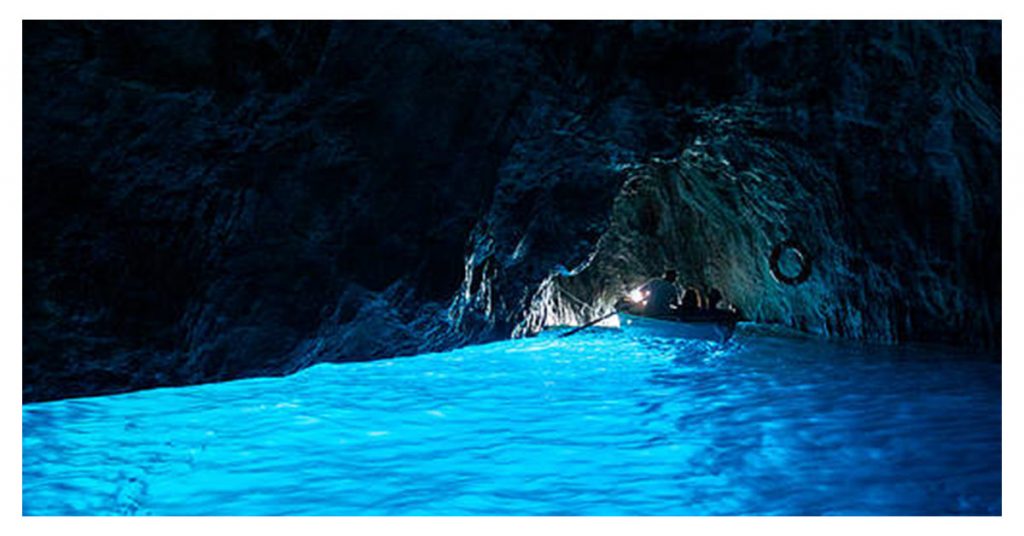
The Blue Grotto is a bright blue sea cave located off the island of Capri near Naples. Access is restricted to small boats carrying no more than four people and with only authorized sailors at the helm. We recommend visiting between 12:00 pm and 2:00 pm when the colors are the most vibrant colors.
11. Green Caves, Canary Islands
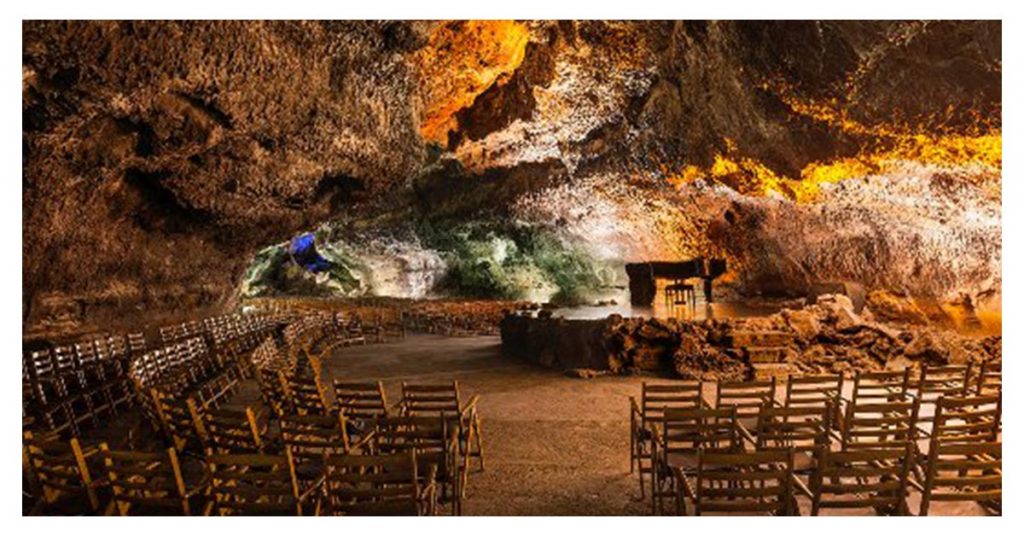
Green Cave, also known as the Cueva de Los Verdes, is one of Europe’s most beautiful caves. It was formed three thousand years ago on the island of Lanzarote by an underground lava flow, for which the volcanic islands are famous. The walls glow a light green color due to the volcanic minerals present; the glow also reflects beneath the water. This bizarre location is a must-see, as is the large concert hall within the Cave, one of the fascinating sights to explore.
12. Benagil Cave, Portugal
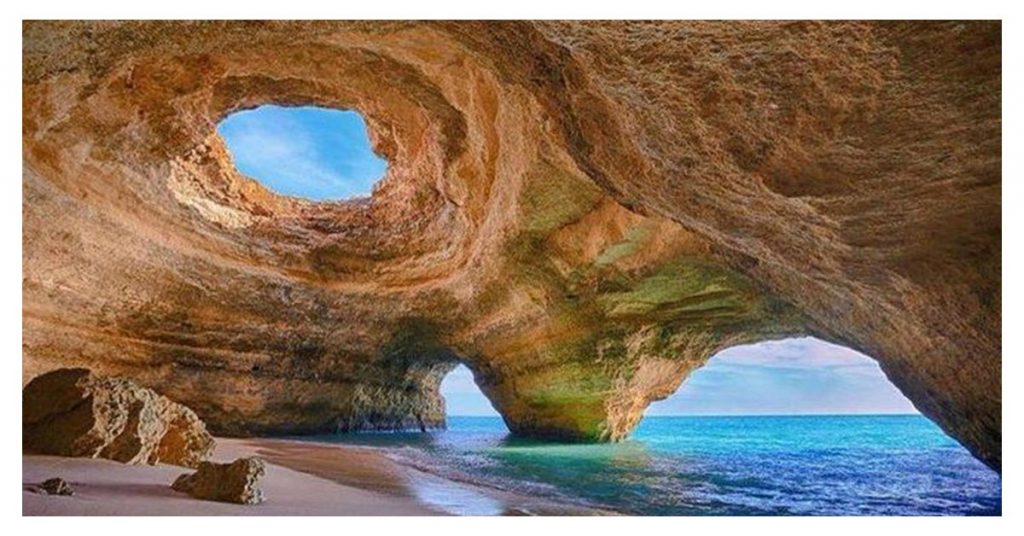
In southern Portugal’s Algarve region, a delightful rocky formation with orange hues is bathed in a turquoise sea. The best way to access this Portuguese coast treasure is by boat or canoe. You’ll be amazed at the size of the Cave, which is illuminated by a day well that provides lovely natural light.
13. Blue Grotto, Malta
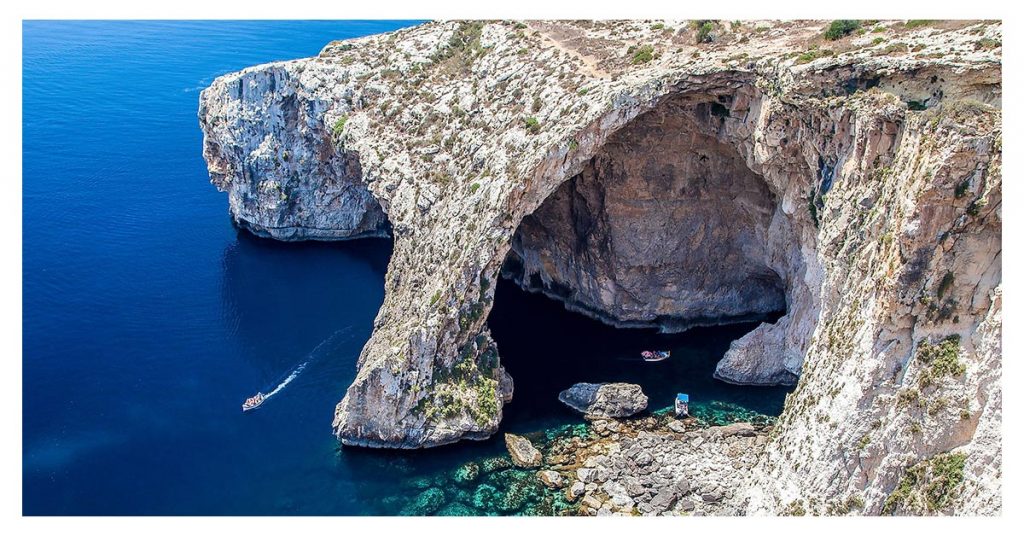
The Blue Grotto is without a doubt one of the best caves in Europe, which is why you can engage in exciting activities such as snorkeling or even rock climbing here! This Cave, located on Malta’s southern coast, is a popular tourist attraction, primarily for the blue glow of the waters caused by sunlight shining through the entrance. You can take a fun boat tour to the cave networks and participate in exciting sports in addition to sightseeing. It is recommended that you visit Blue Grotto during the summer to appreciate its magnificent glowing reflection fully.
14. The blue ice caves of the Vatnajökull Glacier, Iceland
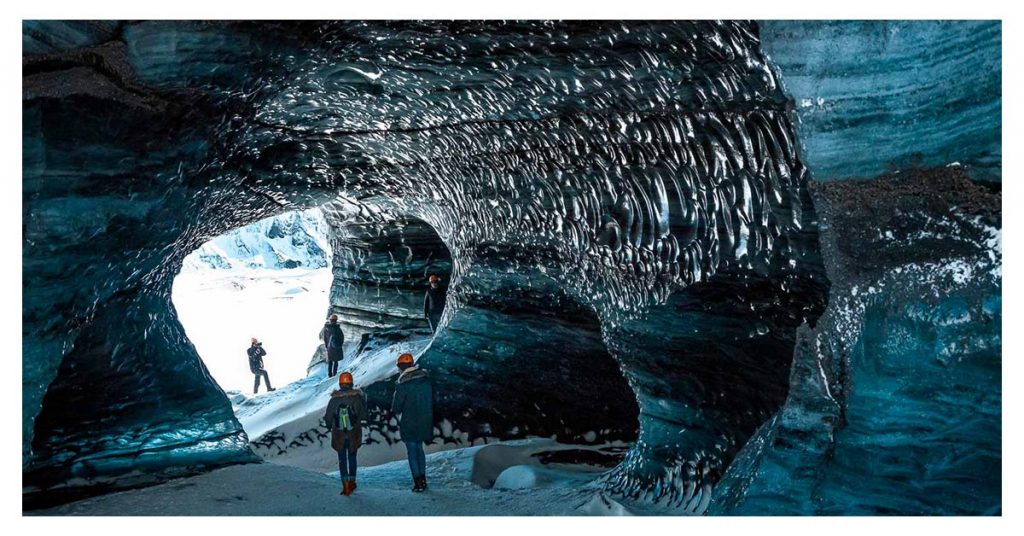
After completing training in Austria’s Werfen caves, adventurous spelunkers will be prepared to take on the Vatnajökull glacier caves in Skaftafell during the winter. These caves are constantly evolving due to melting glaciers during the summer. That is why a visit to the Skaftafell ice caves, which appear to be constructed entirely of fine blue crystal, is always unique.
15. Cueva de Los Verdes, Canary Islands
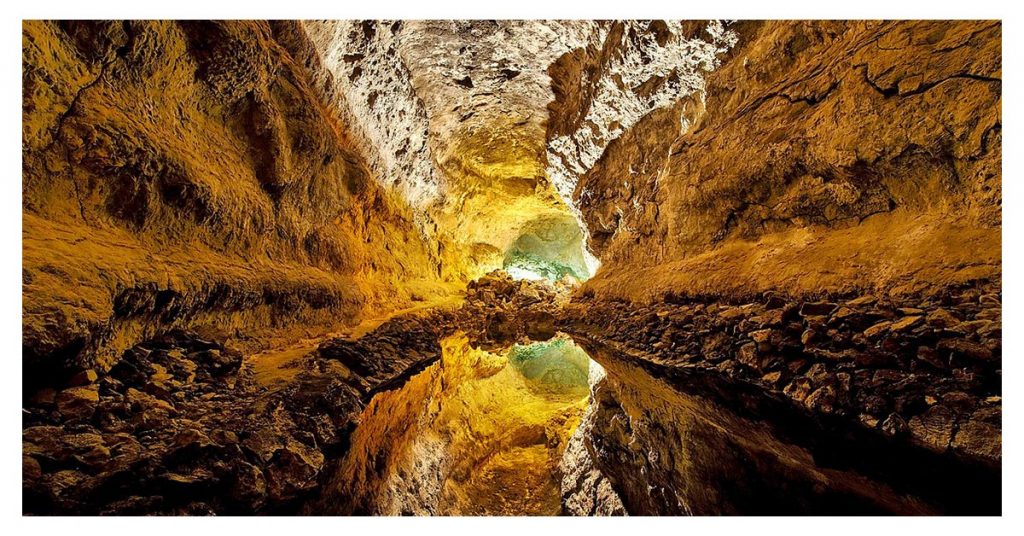
Cueva de Los Verdes, located north of Lanzarote, is an underground volcanic cave formed by a series of lava tunnels following the eruption of Mount de La Couronne. The lighting effects are out of this world.
16. Melissani Cave, Greece
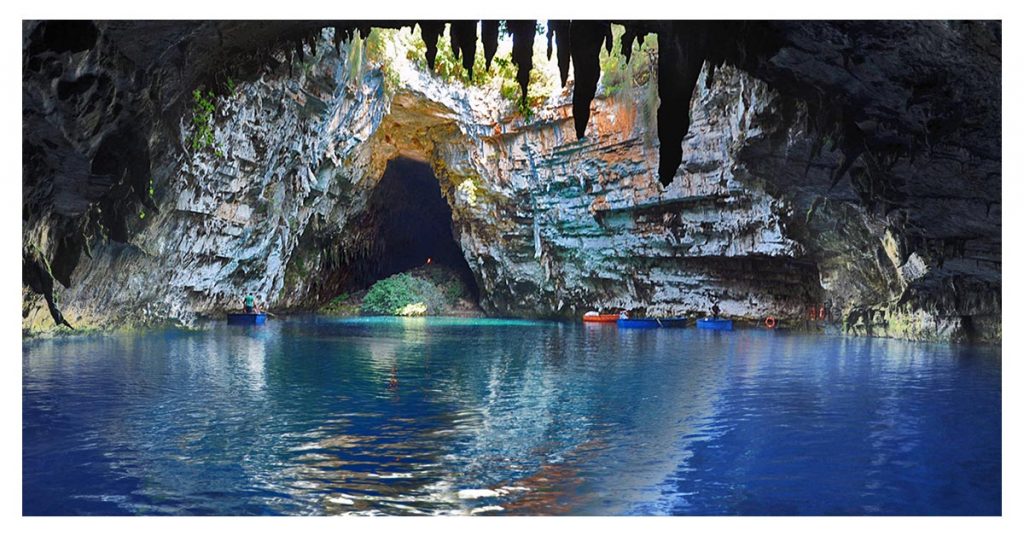
In Kefalonia, the Melissani Cave conceals an emerald lake beneath a collapsed roof, adding to the splendor of this already magnificent location. This karst rock cave is a true gem on a mountaintop surrounded by forest.
17. Aven Armand, France
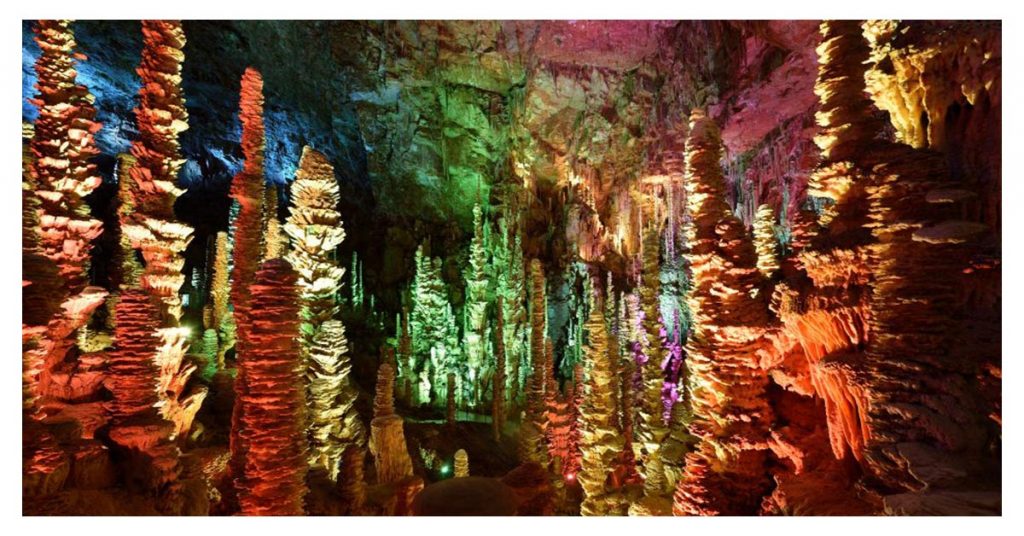
Aven Armand is a limestone cave in France’s Cevennes National Park, in the Lozere departement, between Meyrueis and Sainte-Enimie. It is famous for having the world’s largest stalagmite, standing at 30 meters. It was discovered scientifically for the first time in 1897 by French explorers Louis Armand and Edouard-Alfred Martel. The cave begins as a tiny pit and descends 75 meters (246 feet) to a vast vaulted room known as the Grand Salle, or “Great Hall.” Nolwenn Leroy, a French singer, used the Aven Armand cave as the backdrop for her music video for “Gemme” in June 2017.
18. Devil’s Cave, Germany
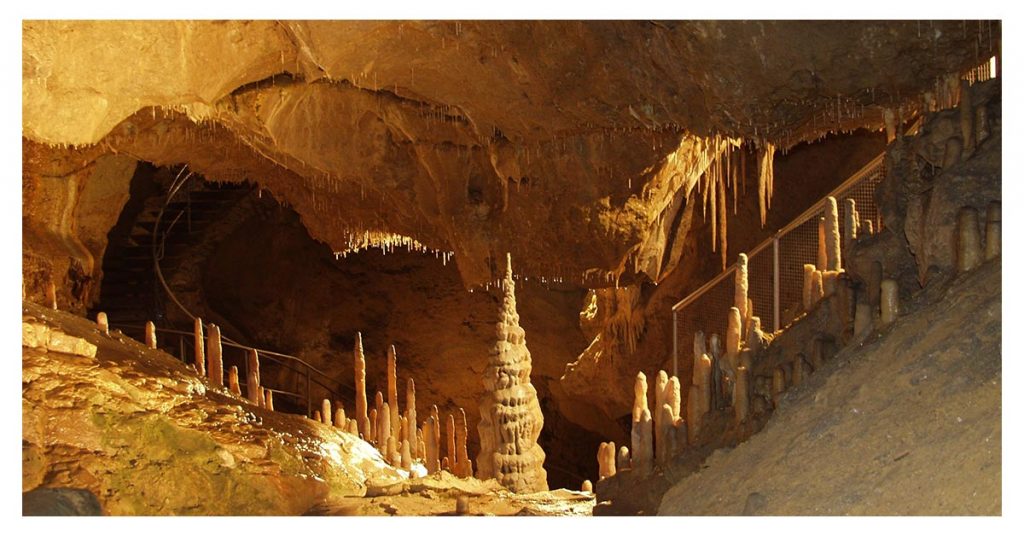
The Devil’s Cave is a dripstone cave located in the Bavarian town of Pottenstein, Germany. The 1,500-metre-long cave is Germany’s longest and the largest in Franconian Switzerland. The cave is so named because the disappearance of cattle in the area is attributed to the Devil. The cave offers year-round guided tours in both German and English, though opening hours vary according to season. The cave tour lasts approximately an hour, with guides pausing periodically to explain the history of each chamber and to detail the rock formations.
19. Deer Cave, Italy
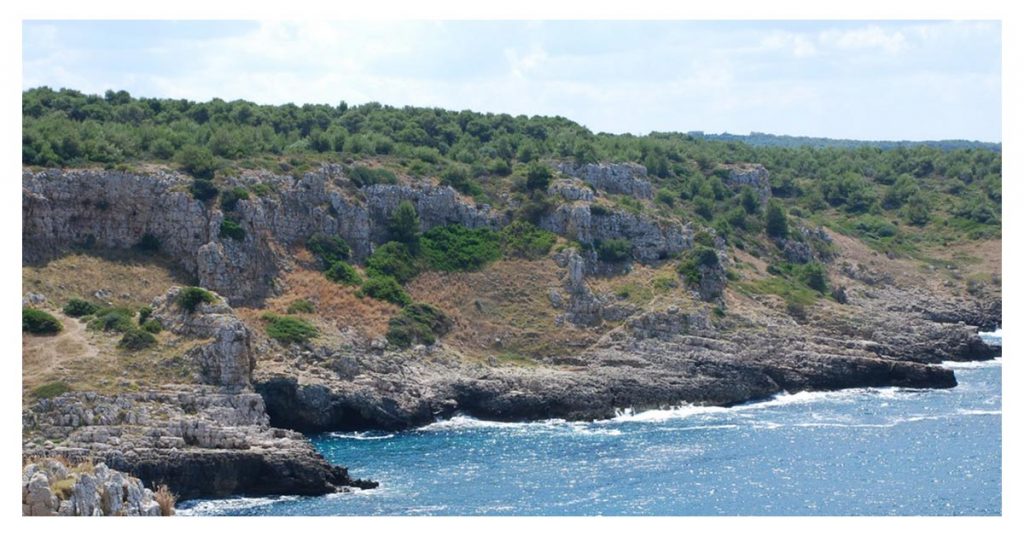
The Deer Cave is a natural cave located near the town of Porto Badisco in Apulia, Italy. It was unknown until 1970 when its magnificent, inventive, and perplexing complex galleries of prehistoric parietal wall murals were discovered. The site has not been fully explored, although there are two entrances and three main corridors (halls, galleries) totaling more than 1,500 meters. Hundreds of paintings and an estimated 3000 pictograms painted in black (bat guano) and red (ochre) paint are grouped together in three galleries that stretch 600 meters along the “wavy, milk-colored” limestone walls.
20. Movile Cave, Romania
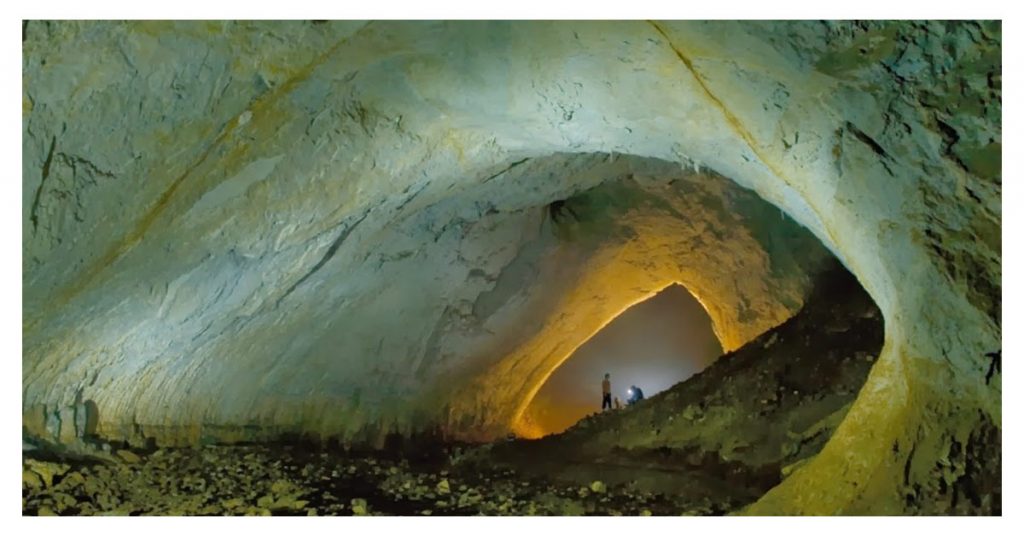
Movile Cave is a cave located in Mangalia, Constanța County, Romania. Cristian Lascu discovered it in 1986, just a few kilometers from the Black Sea coast. It is remarkable for its groundwater ecology, which is rich in hydrogen sulphide and carbon dioxide but deficient in oxygen. For the last 5.5 million years, life in the cave has been isolated from the outside world, and it entirely relies on chemosynthesis rather than photosynthesis.


